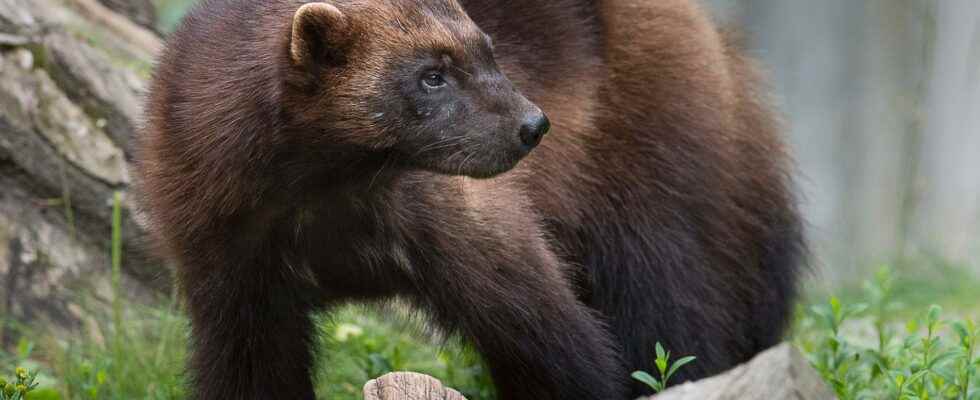Published: Less than 20 min ago
Järven looks to have a good year behind him in Sweden. The number of confirmed wolverine regenerations in 2022 is the third highest since the inventories started some 20 years ago, according to the Swedish Environmental Protection Agency.
A total of 164 wolverine regenerations were determined in Scandinavia in this year’s inventory, of which 119 in Sweden and 45 in Norway. Last year there were 100 rejuvenations in Sweden and 60 in Norway.
Based on the number of pups found in 2020–2022, the Swedish population is estimated at 668 wolverines.
For the past four years, the population in Sweden has been above the reference value for favorable conservation status, which is 600 individuals.
The population estimate for Scandinavia as a whole is 1,019 individuals. Last year, the Scandinavian population was estimated at 1,023 individuals.
According to the Environmental Protection Agency, comparisons of inventories from one year to another should be made with caution, among other things because the inventory results are affected by varying conditions for snow tracking.
In the case of poor track conditions and in snow-poor parts of the wolverine’s range, collecting samples for DNA analysis and images from game cameras is an important addition to the inventory.
Facts
Wolverine
The wolverine (Gulo gulo) is the largest species in the marten family. It is most closely related to the true martens to which our own forest marten belongs.
The species occurs on the tundra and in the northern coniferous forests throughout the northern hemisphere.
The wolverine can be almost 1 meter long and then weigh up to 20 kilos.
It most resembles a small bear. The wolverine has strong claws. The feet are large and wide to prevent it from sinking into the snow.
In the summer, the wolverine eats lemmings, birds, eggs and berries.
In winter, it can take hares, deer, reindeer and even moose. When it takes such large animals, these are usually already sick or injured.
Source: The National Encyclopedia
Read more
